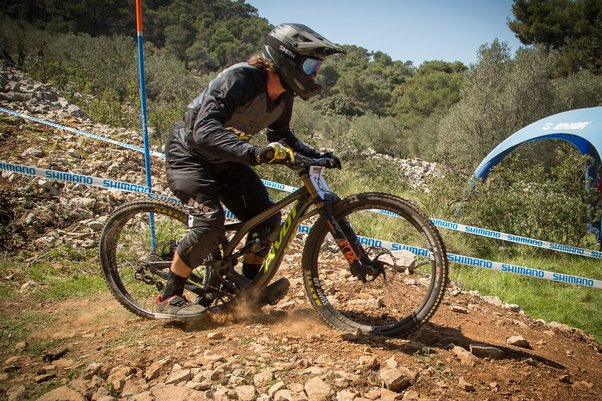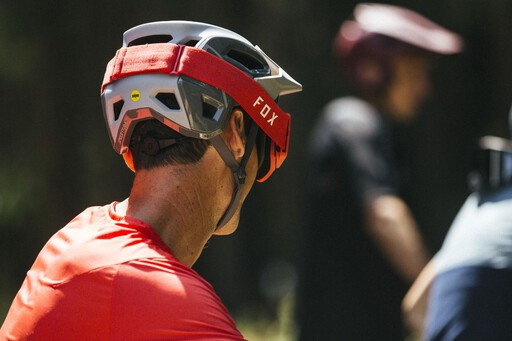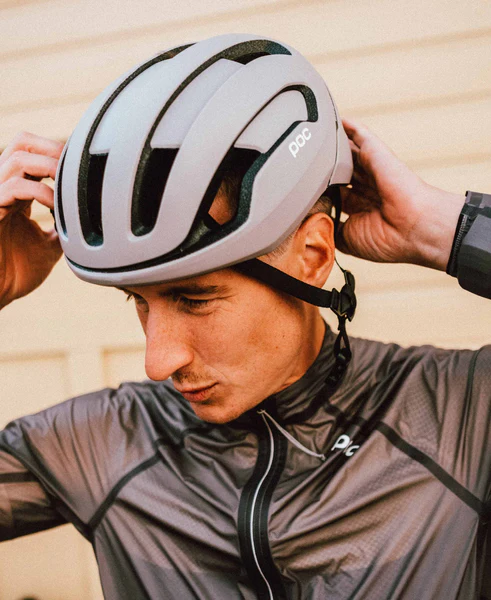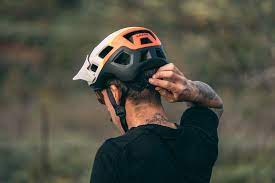Choosing the Right Size for Your MTB Helmet: A Cyclist’s Guide
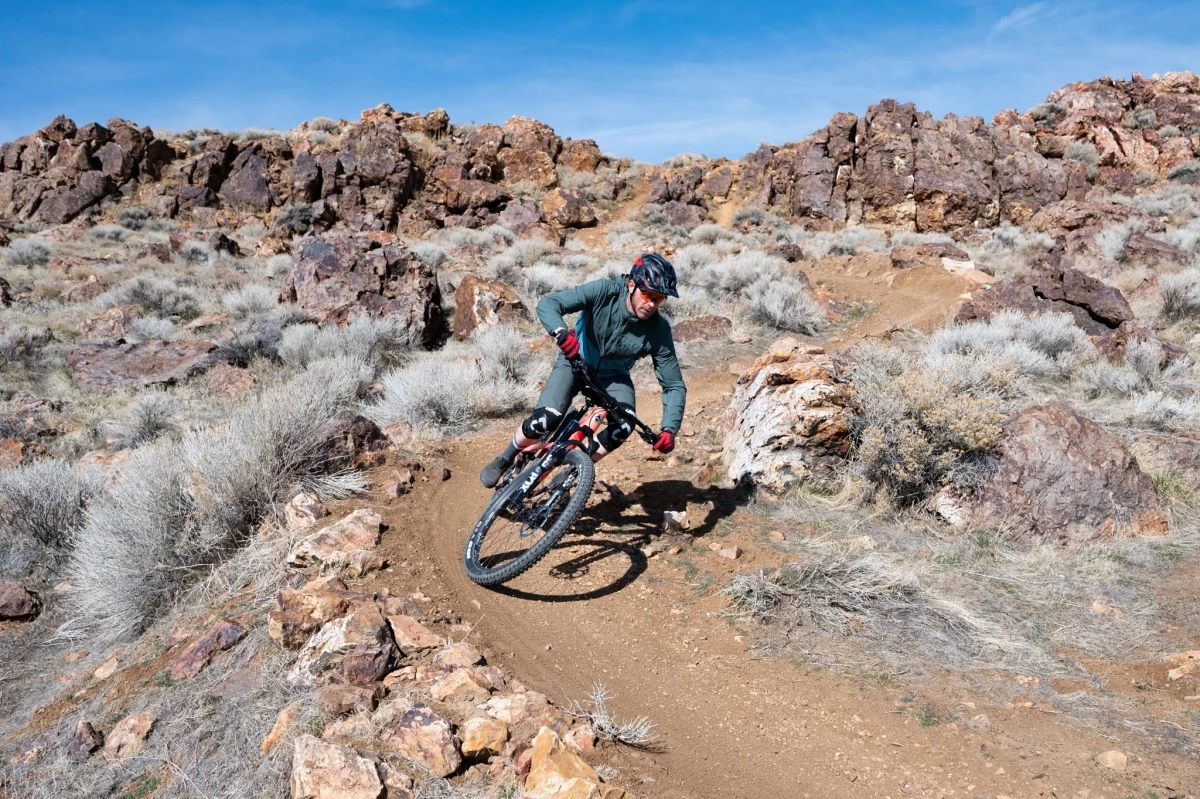
Key Point Summary of Choosing the Right Size for Your MTB Helmet:
- Measuring Your Head for MTB Helmet Sizing: Learn the correct way to measure your head to find the perfect helmet size.
- Understanding Helmet Fit: Discover how a well-fitted helmet should feel and how to adjust it for maximum safety and comfort.
- Importance of Proper Helmet Sizing in Cycling Gear: Explore why choosing the right helmet size is crucial for your protection and performance.
As an experienced masters cyclist who has raced and ridden a variety of bikes including mountain, gravel, and cyclocross, I’ve come to realize the critical role of a well-fitted helmet. It’s more than just a matter of comfort – it’s a fundamental aspect of your safety. Drawing from my extensive experience, I’m here to share insights on MTB helmet sizing, specifically aimed at helping beginner to mid-level cyclists make informed choices.
Measuring Your Head for the Right Helmet Size
The first step in selecting a helmet is to measure your head correctly. You’ll need a flexible measuring tape. Wrap it around your head, about an inch above your eyebrows and ears, which is typically the widest part of your head. Record this measurement in centimeters (most helmet sizes are in cm).
- Correct Positioning of the Measuring Tape: Ensure the measuring tape is level around your head and not tilted. It should go over the most prominent part of the back of your head and remain about an inch above your eyebrows in front.
- Consistency in Measurement: Measure a few times to ensure consistency. Slight variations in how the tape is held can lead to different measurements. Aim for the largest measurement you get for accuracy.
- Getting Help: It can be helpful to have someone assist you in taking the measurement to ensure the tape is positioned correctly and remains level around your head.
- Checking Manufacturer’s Size Chart: After measuring, compare your head size with the sizing chart of the helmet brand you’re interested in. Different brands might have slightly different sizing, so it’s important to refer to their specific chart.
- Consider Your Hair: If you have thick or long hair, consider how it might affect the fit of the helmet. Some cyclists prefer to measure with their typical cycling hairstyle to account for this.
- Understanding Helmet Shapes: Be aware that helmets come in different shapes to fit different head shapes (round, oval, etc.). Even if the measurement matches, the helmet might not fit comfortably if it’s not the right shape for your head.
- Try Before You Buy: If possible, try on helmets in a store with your head measurement in mind. This can give you a better idea of the fit than measurements alone.
A correctly sized helmet is crucial for effective protection while cycling, so taking the time to measure accurately is an important step in your helmet selection process. Check out our information on How to Measure for A Bicycle Helmet.
Importance of Proper Helmet Sizing
Safety Implications
A helmet that’s too large can slip and not provide adequate protection during a crash. Conversely, a helmet that’s too small can be uncomfortable and may not cover the necessary areas of your head, leaving you vulnerable.
Comfort and Performance
Comfort is crucial, especially on long rides. An ill-fitting helmet can cause headaches and distraction. A properly sized helmet, on the other hand, can enhance your overall riding experience.
Other Considerations When Choosing a Helmet
Head Shape
Be aware that head shape varies. Some helmets are designed for rounder heads, while others fit more oval-shaped heads
better. Trying on different models can help you find the best fit for your head shape.
Hair and Accessories
Consider how your hair or any headwear, like cycling caps or bandanas, might affect your helmet fit. For those with long hair or unique hairstyles, some helmets offer special accommodations.
Kids’ Helmets
For younger riders, ensure the helmet fits well and provides room for growth. However, it shouldn’t be too loose to compromise safety.
Trying Multiple Sizes
If you’re between sizes, try both. Sometimes the same measurement can fit differently depending on the helmet brand or model.
Regularly Check Your Helmet Fit
Your helmet fit might change over time due to wear and tear of padding or straps. Regularly checking and adjusting your helmet ensures it remains safe and comfortable. Here’s how to visually understand the correct fitting of a mountain bike helmet, as demonstrated by the Global Mountain Bike Network.
Replacing Your Helmet
Helmets have a lifespan. Replace your helmet every 3-5 years or immediately if it’s been involved in a crash, even if no damage is visible. Materials degrade over time, which can reduce the helmet’s effectiveness.
FAQ
How do I know my mountain bike helmet size?
To know your mountain bike helmet size, measure the circumference of your head using a flexible measuring tape. Place it about an inch above your eyebrows and ears, over the largest part of your head. Record the measurement in centimeters, as most helmet sizes are in cm, and then compare it with the sizing chart of the helmet brand you’re interested in.
How do I know my helmet size?
To determine your helmet size, measure the circumference of your head just above your eyebrows and ears using a flexible measuring tape. Note the measurement in centimeters and compare it with the size chart of the helmet brand you are considering. This will help you find the appropriate helmet size.
What size helmet for a 22-inch head?
For a 22-inch head, which is approximately 56 centimeters, you would typically need a medium-sized helmet. However, it’s important to check the specific size chart of the helmet brand you’re interested in, as sizing can vary slightly between brands.
Final Thoughts
Choosing the right size for your MTB helmet is a critical step in your cycling gear selection. It’s not just about the aesthetics or the features; it’s fundamentally about safety and comfort. As a cyclist, your helmet is your most important piece of protective gear. Take the time to ensure you have the right fit, and it will greatly enhance your mountain biking experience.
John
